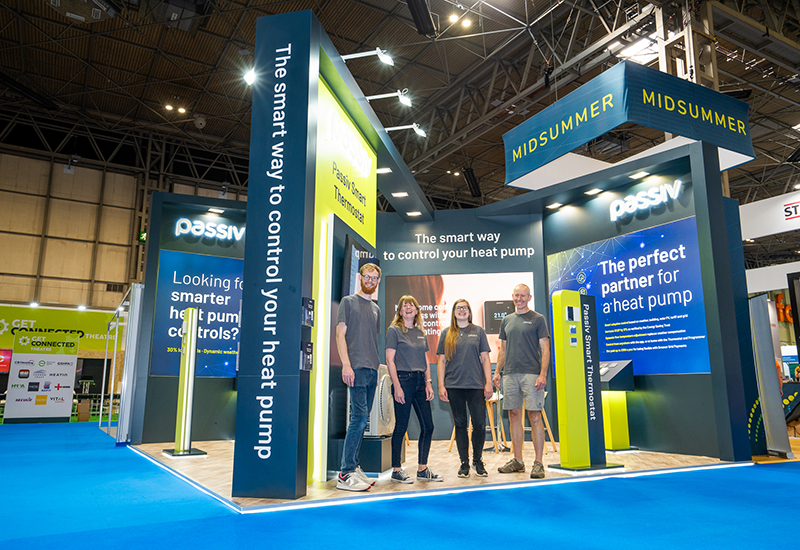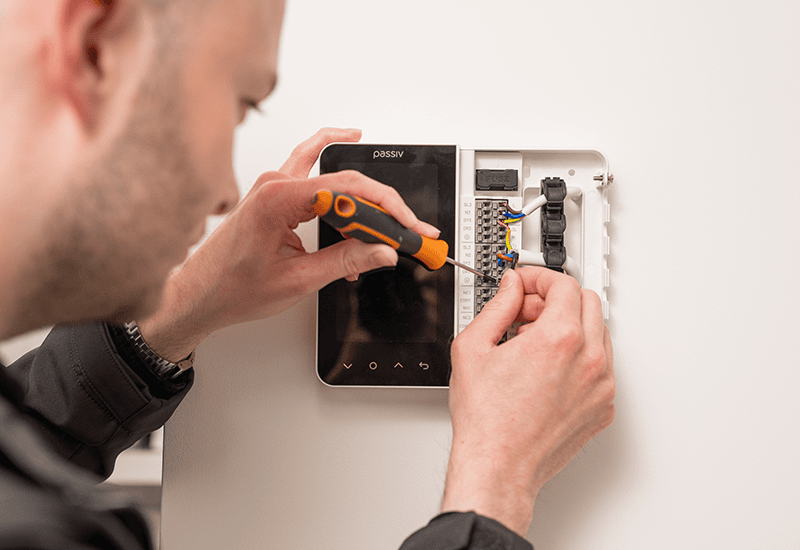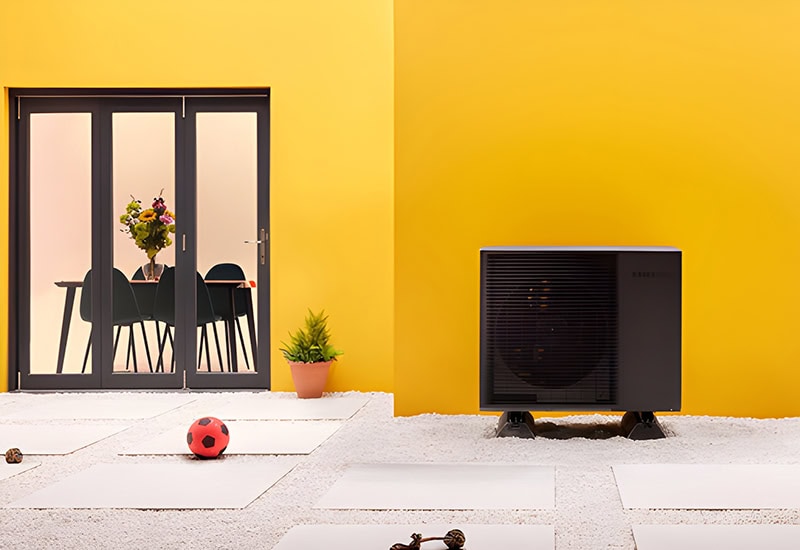In our first Insight exploring the role of smarter controls in increasing heat pump deployment, we looked at how controls can improve the efficiency of a heat pump, making them cheaper to run and better for the environment. This time, we’ll examine how smarter controls can make heat pumps easier to use and deliver better comfort outcomes for heat pump owners. If you want a reminder of why we’re doing this series or to understand how the Passiv Smart Thermostat can improve the efficiency of a heat pump by 17%, then check out our first Insight, Why heat pumps need smarter control – improving efficiency.
In our last Insight, we explored how a heat pump’s flow temperature (the temperature of the water that the heat pump sends into the radiators) impacts its efficiency. Heat pumps operate at a much lower flow temperature than a gas boiler. That means that while they are perfectly capable of keeping a home nice and warm, radiators don’t feel as hot and it takes longer for the home’s temperature to increase. The same is true for hot water heating too and heat pumps can’t do both at the same time. While a gas boiler can make a home feel warm in as little as half an hour, on a cold day, a heat pump might take several hours to do the same.
One solution might be to increase the flow temperature of the heat pump. But, as we know from the previous Insight, that will lower the heat pump’s COP and make it more expensive to run. Even if this were a good idea, the maximum flow temperature of a heat pump is much lower than that of a boiler, so it would still take longer to get a home up to temperature.
To account for this, many heat pump manufacturers recommend that you programme a heat pump to start heating in advance of when you want to be warm. So if you want a home to be 21° at 7am, they might tell you to set this temperature at 5am to give a couple of hours to get the home up to temperature. They may also suggest setting ‘setback’ temperatures – periods of heating at a lower temperature around when you want to be warm to prevent a home from getting too cold. Finally, they might tell you to not to programme your hot water heating at the same time as your space heating.
This is a lot of information for a new heat pump owner and assumes a level of understanding about how a heat pump operates that the average person probably won’t have. It also involves a lot of guesswork. While it might take a couple of hours to heat up a home today, tomorrow it might be a bit warmer outside and only take an hour. Or it might be a bit colder and take three hours. When you start guessing, you start to compromise on a heat pump’s performance. If it runs for longer than necessary, it’s going to overheat a home and cost money. If it doesn’t run for long enough, the home will be cold and the homeowner uncomfortable.
Smarter controls can make comfort simpler and take the guesswork out of operating a heat pump.
From the moment the Passiv Smart Thermostat is installed, it begins to learn how a home heats up and cools down. It calculates how a heating system performs and how a home reacts to the outside temperature and weather. It uses this information, alongside a local weather forecast for the next 24 hours, to start heating a home and hot water at exactly the right time. This smart preheating uses the same technology that’s used to increase a heat pump’s efficiency by 17% and takes the guesswork out of heat pump control, delivering perfect comfort for a homeowner.
We call this ecoHeating. When the Passiv Smart Thermostat is ecoHeating, it is gradually preheating a home or hot water, optimising the heat pump’s flow temperature to maximise its COP. That means lower bills and effortless comfort.
We’re warm and cosy and we’re saving money – what’s not to like! Next time, in ‘why heat pumps need smarter control’, we’ll explore how the latest generation of controls can reduce heating bills even further by optimising a heat pump according to ‘time of use’ electricity tariffs. These tariffs have become increasingly common in the last few years and offer discounted rates for consuming power at particular times of the day. They’re great for heat pumps, but only if you heat your home and hot water at the right time!



